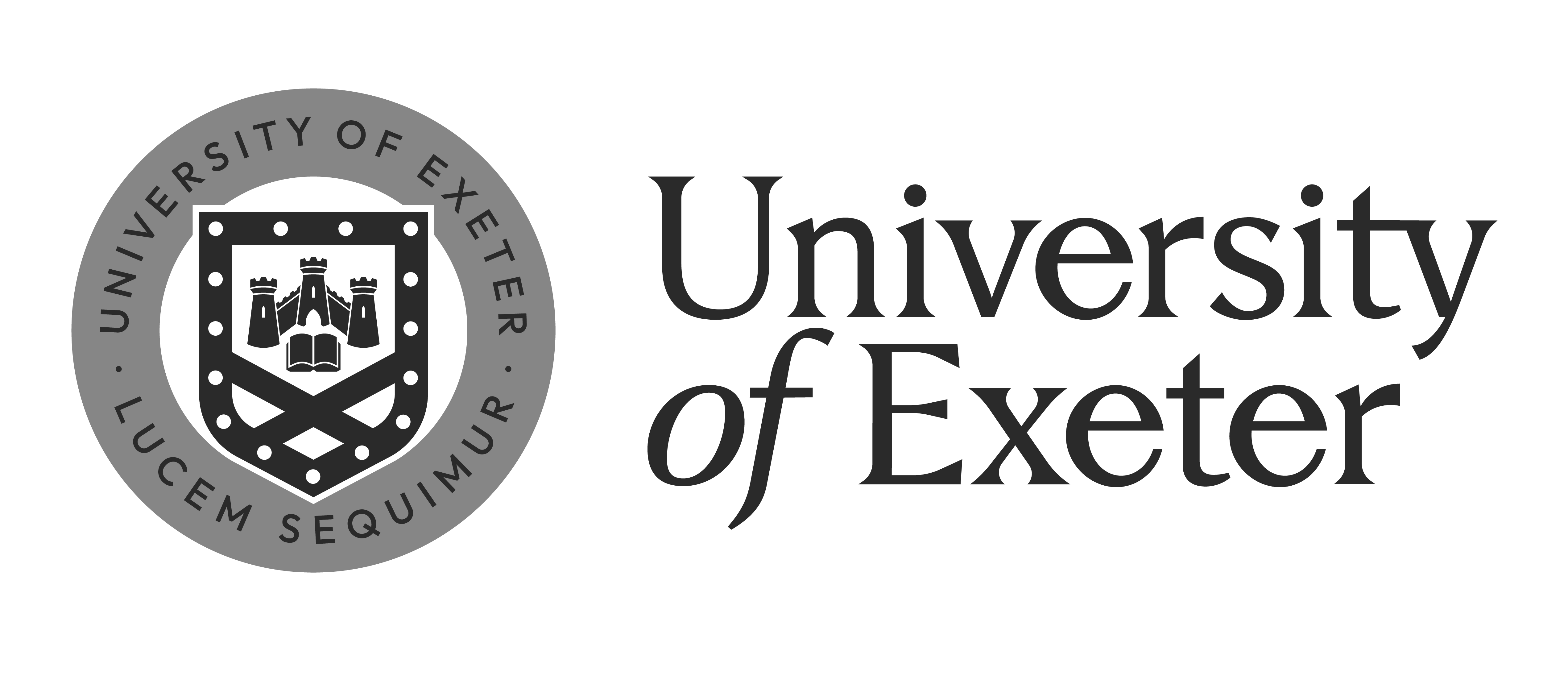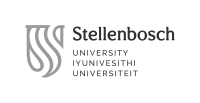F2425 Memory, Identity and Fantasy in Private Photography
Professors
Schedule
Course description
the course is centered upon the phenomenon of private photography. By drawing on theoretical texts dedicated to private photographs in history, culture and the archive, and on the material from private and public collections, this course explores the functions, the meanings and the cultural effects of private photography in an interdisciplinary approach. The course is balanced between discovering the main traits of academic and critical thought on private photography and hands-on exploration of photographic images, objects and practices by the students. Private photography is viewed in its connection with history, memory, identity and fantasy and imagination. The course will pay attention to various existences of private photography in culture: from online archives, exhibition projects and art (literature, film, poetry), to online fora and vlogs. Furthermore, the course implies close engagement with a range of photographic materials and objects. Students are encouraged to address and bring to class photographic material (photographic prints, negatives, albums, other objects) from their own or other accessible family and private archives, and if possible private archives in the collections of Venetian institutions will be addressed, too*.
Possible topics of interest: vernacular photography, private photography, domestic photography, photographic practices, social and cultural history of photography, photography as material object, photography and affect, emotional, embodied, spatio-temporal experience of photographic objects and practices, photography as a medium, family photography, photography in family archives, autobiography, photography as document and record, photography as a tool of constructing self-identity, private photography as a fantasy, photography in social media, identity crisis, techniques of self, remembering and forgetting with photography, photography and historical trauma, private photography and public history.
Learning outcomes of the course
the course aims to introduce students to theoretical work and research on private photography; to familiarize them with central problems of academic research of this group of phenomena; to allow and encourage students to problematize photographic material. The students will develop their critical and reflective thinking skills. They will train to apply theoretical knowledge to specific photographic material.
Teaching and evaluation methods
The course employs a variety of teaching methods, in order to encourage student participation, interaction and exchange of ideas, as well as to develop critical and creative thinking, reading, writing and oral argumentation skills. The course includes reading assignments, written summary/revision assignments on course topics and papers to read, reflective written assignments focusing on specific photographic material, in-class discussions, part of which are group and pair work assignments.
Breakdown of the final grade
2 reflective written assignments on specific photographic material - 30 %
contributions to seminars and classes - 40%
final project proposal – 5%
final project: rough and final drafts – 25%
All assignments should be turned in on time. Late papers will be accepted until midnight on the due date without change in grade, after that 5 points will be taken off for every day of delay, after 5 days the assignment will not be accepted.
Types of assignments
Text introduction (presentation): prepared by one of the students for each of the seminars to introduce the text assigned for reading. Assigned at the beginning of semester. Counted in “contribution to seminars and classes”
Written assignments: written assignments are aimed at critical analysis and exploration of material and texts touched upon in the course. General rules applied to written assignments are: use of academic language, logicality and coherence of argumentation, appropriateness in citation, development of own argument, clear formulation of research questions and pursuit of their resolution.
Final project can be either an academic text (2000 words) or a creative work accompanied by a critical text (2 pages) discussing it.
Required preliminary knowledge: no preliminary knowledge is required. Suggested supplementary reading to familiarize with the thematic field of photography studies: A New History of Photography, ed.Michel Frizot (Konemann, 1998). As not a prerequisite but an invitation, I encourage you to bring examples of private photography from your family archive or collection into class.
| Theme and educational activities | Reading | Assigments |
|
Week 1. Private photography: ontology |
Geoffrey Batchen, “Vernacular Photographies”, in Geoffrey Batchen, Each Wild Idea (MIT, 2002), pp.56-81. | |
|
Week 2. Private photography: social functions and functioning |
Richard Chalfen, Snapshot Versions of Life (Bowling Green, OH:Bowling Green State University Popular Press, 1997) | Text introduction (presentation) 1 (assigned) |
| Week 3. Private photography: phenomenology Lecture, seminar |
Roland Barthes, Camera Lucida (New York: Hill & Wang, 1981) |
Text introduction (presentation) 2 (assigned) |
| Week 4. Private photography, cultural memory, collective vs. individual memory, archive, nostalgia-1 Lecture, seminar |
Siegfried Kracauer (1927) “Photography”, transl.by Thomas Y. Levin, in Critical Inquiry Vol. 19, No. 3, Spring (The University of Chicago Press, 1993), pp. 421-436 Watch&discuss: Jean-Gabriel Periot, Nijuman No Borei (200000 Phantoms), 2007 |
Text introduction (presentation) 3 (assigned) |
| Week 5. Private photography, cultural memory, collective vs. individual memory, archive, nostalgia - 2 Lecture, seminar, Class visit: Peter Fornaro, Vera Chiquet |
Oksana Sarkisova, Olga Shevchenko, InVisible Presence. Soviet Afterlives in Family Photos (MIT, 2023) | Text introduction (presentation) 4 (assigned) Written assignment 1/2: cultural memory |
| Week 6. Private photography, cultural memory, collective vs. individual memory, archive, nostalgia -3 Lecture, seminar, hands-on work with photographs |
Geoffrey Batchen, Forget Me Not. Photography and Remembrance (Princeton Architectural Press, 2006) | Text introduction (presentation) 5 (assigned) |
| Midterm break | ||
| Week 7. Private photography and identity-1 Lecture, seminar, hands-on work with photographs |
John Kotre, White Gloves: How We Create Ourselves through Memory (New York: Free Press, 1995) art project discussion: Sally Mann, Hold Still: A Memoir with Photographs (2015) |
Text introduction (presentation) 6 (assigned) |
|
Week 8. Private photography and identity-2 |
Marianne Hirsch, Leo Spitzer, School Photos in Liquid Time. (Seattle: University of Washington Press, 2020). | Text introduction (presentation) 7 (assigned) Final project proposal |
|
Week 9. Private photography and identity-3 Lecture, seminar |
Tanya Sheenan, “Looking Pleasant, Feeling White: The Social Politics of the Photographic Smile” in Elspeth Brown and Thy Phy (eds.), Feeling Photography (Durham and London, Duke University Press, 2014) pp.127-157. | Text introduction (presentation) 8 (assigned) Written assignment 2/2: essay to a prompt |
| Week 10. Private photography and fantasy Lecture, seminar, hands-on work with photographs Class visit: Friedrich Tietjen (online/offline) |
Celia Lury, Prosthetic Culture: Photography, Memory and Identity (Taylor & Francis, Abingdon, 1997) | Text introduction (presentation) 9 (assigned) Final project first draft |
| Week 11. Private photography and fantasy-2 Lecture, seminar |
Annette Kuhn, “Phantasmagoria of Memory”, in Annette Kuhn, Family Secrets: Acts of Memory and Imagination (London: Verso, 1995), pp.125-146 Watch&discuss: Chris Marker, La Jetée, 1962 |
|
|
Week 12. Final project presentation |
Final project presentation | |
| Exam week | Final project final draft |
Bibliography: **
Required reading (texts will be provided as pdf):
1. Roland Barthes, Camera Lucida (New York: Hill & Wang, 1981)
2. Geoffrey Batchen, Forget Me Not. Photography and Remembrance (Princeton Architectural Press, 2006)
3. Geoffrey Batchen, “Vernacular Photographies”, in Geoffrey Batchen, Each Wild Idea (MIT, 2002), pp.56-81.
4. Richard Chalfen, Snapshot Versions of Life (Bowling Green, OH:Bowling Green State University Popular Press, 1997)
5. Marianne Hirsch, Leo Spitzer, School Photos in Liquid Time. (Seattle: University of Washington Press, 2020)
6. John Kotre, White Gloves: How We Create Ourselves through Memory (New York: Free Press, 1995)
7. Siegfried Kracauer (1927) “Photography”, transl.by Thomas Y. Levin, in Critical Inquiry Vol. 19, No. 3, Spring (The University of Chicago Press, 1993), pp. 421-436
8. Annette Kuhn, “Phantasmagoria of Memory”, in Annette Kuhn, Family Secrets: Acts of Memory and Imagination (London: Verso, 1995), pp.125-146
9. Celia Lury, Prosthetic Culture: Photography, Memory and Identity (Taylor & Francis, Abingdon, 1997)
10. Oksana Sarkisova, Olga Shevchenko, InVisible Presence. Soviet Afterlives in Family Photos (MIT, 2023)
11. Tanya Sheenan, “Looking Pleasant, Feeling White: The Social Politics of the Photographic Smile” in Elspeth Brown and Thy Phy (eds.), Feeling Photography (Durham and London, Duke University Press, 2014) pp.127-157.
Suggested reading:
1. Pierre Bourdieu, et al. Photography: A Middle- Brow Art. (Stanford, CA: Stanford University Press, 1990)
2. Jose Van Dijck, Mediated Memories in the Digital Age (Stanford, CA: Stanford Univ. Press, 2007)
3. Double Exposure. Memory&Photography, ed.Olga Shevchenko (New Brunswick and London: Transaction Publishers, 2014)
4. Elizabeth Edwards, “Objects of Affect: Photography beyond the Image”, Annual Review of Anthropology 41 (2012): pp. 221– 234
5. Exposed Memories: Family Pictures in Private and Collective Memory, ed. Zsófia Bán, Hedvig Turai (Budapest: Central European University Press, 2010)
6. Family Snaps: The Meaning of Domestic Photography, ed. Jo Spence and Patricia Holland (London: Virago, 1991)
7. Zeynep Devrim Gursel, “Looking Together as Method. Encounters with Ottoman Armenian Expatriation Photographs”, Visual Anthropology Review Volume 39, Issue 1 (2023), pp. 200-229, https://anthrosource.onlinelibrary.wiley.com/doi/full/10.1111/var.12281
8. Marianne Hirsch, Family Frames. Photography, Narrative, and Postmemory (Cambridge: Harvard University Press, 1997)
9. Imagining Everyday Life: Engagements With Vernacular Photography, eds. Tina M. Campt, Marianne Hirsch, Gil Hochberg, and Brian Wallis. (Göttingen ; New York, NY ; Neu-Ulm : Steidl ; The Walther Collection, 2020)
10. Martha Langford, Suspended Conversations: The Afterlife of Memory in Photographic Albums (Montreal/Kingston: McGill/Queens Univ. Press, 2001)
11. Margaret Olin, Touching Photographs (Chicago: University of Chicago Press, 2012)
12. Risto Sarvas, David M. Frohlich, From Snapshots to Social Media –The Changing Picture of Domestic Photography (London: Springer, 2011)
13. Save As . . . Digital Memories, ed. Joanne Garde-Hansen, Andrew Hoskins, and Anna Reading (New York: Palgrave Macmillan, 2009)
14. Benjamin R Smith, Richard Vokes, “Haunting images: the affective power of photography”, Spec. Issue Vis. Anthropol. Rev. 21(4) (2008), pp. 283–91
Last updated: August 1, 2024


















